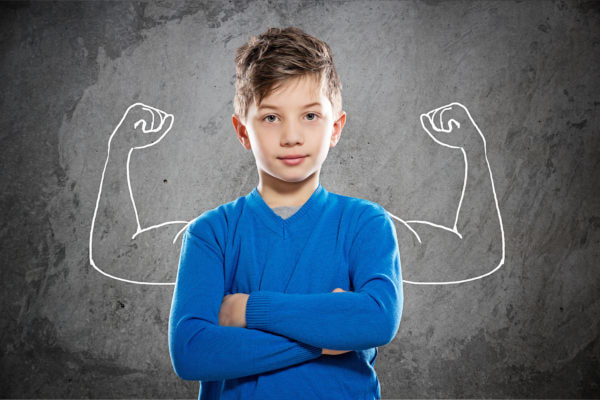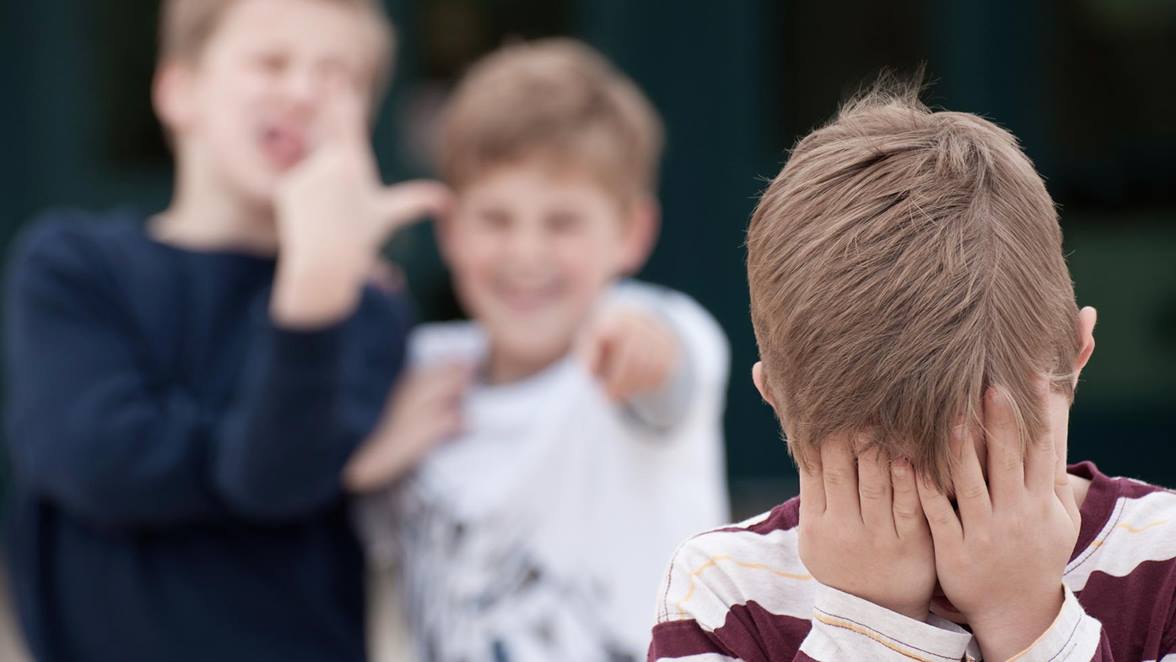|
According to KidsHealth.org when children feel good about themselves, it sets them up for success — in everything from school to friendships. Positive feelings like self-acceptance or self-confidence help kids try new challenges, cope with mistakes, and try again. Taking pride in their abilities and accomplishments helps kids do their best.
By contrast, kids with low self-esteem might feel unsure of themselves. If they think others won't accept them, they may not participate as often. They may allow themselves to be treated poorly and have a hard time standing up for themselves. Kids who don't expect to do well may avoid challenges, give up easily, or be unable to bounce back from mistakes. Having low self-esteem can block success. It can leave kids distracted by the stress of how to deal with everyday challenges. How Self-Esteem Develops Contrary to what some might think, self-esteem does not come telling kids they're wonderful, special, and great (even though they are!). Giving every child a trophy doesn't help kids' self-esteem. Indeed, it's possible for kids to feel good about themselves even when they fail. When children compete — win or lose — they see that their own hard work and practice can make a difference. Earning a prize contributes to self-esteem only when a kid knows he or she earned it. Self-esteem is the result of experiences that help a child feel capable, effective, and accepted. How Martial Arts training can help When kids learn to do things for themselves and feel proud of what they can do, they feel capable. Martial Arts is fun to learn and performing moves with a class build competence and then confidence. Children feel effective when they see that good things come from efforts like trying hard, getting close to a goal, or making progress. Earning belts in martial arts is all about goal setting and teaches kids that hard work and effort pays off. When kids feel accepted and understood by a parent or someone close, they are likely to accept themselves, too. Their good feelings about themselves multiply as their sensei or teacher praise good behaviors, help when needed, and give encouragement and support. Students in martial arts support and encourage each other. Events like graduations, social events and being part of a team of other positive kids is all part of Martial Arts. Please contact us for a free class and tour of our school
2 Comments
• Your child comes home missing things or his property has been damaged
• Has injuries he can’t or doesn’t want to explain. • Has not interaction with other kids after school. • Seems nervous taking a school bus or walking to school. • Finds or makes up excuses as to why they can’t go to school • Takes alternate routes home • School grades are slipping • Appears lonely or sad. • Complains frequently of headaches, stomachaches or other physical ailments • Loss of appetite • Has lost self confidence. Note: Children with disabilities may be at a higher risk of being bullied than other children. Noticing signs like these are your cue to talk to your child and his teacher or counselor. When talking to your child be sure to connect first. Example - I’ve been seeing a lot of news reports about bullying. It scares me. Is this type of behavior happening at your school? Are you or your friends having any problem with others picking on you? Who are some of your friends at school? Any kids at school you don’t like? Why don’t you like them? Follow up with the teacher and ask how your child does socially in school? Who he is friends with? Does the teacher think your child could be bullied or teased? Continue to seek help. If these signs are not those of being bullied you will want to find out what is causing them. If he is being bullied take some action steps to rebuild his confidence self esteem and possibly his self defense skills before things get physical. To stay healthy or improve health, adults need to do two types of physical activity each week: aerobic and strength exercises.
To stay healthy, adults should try to be active daily and should do: at least 150 minutes of moderate aerobic activity such as cycling or brisk walking every week, and strength exercises on two or more days a week that work all the major muscles (legs, hips, back, abdomen, chest, shoulders and arms) 75 minutes of vigorous aerobic activity, such as running or a game of singles tennis every week, and strength exercises on two or more days a week that work all the major muscles (legs, hips, back, abdomen, chest, shoulders and arms) A mix of moderate and vigorous aerobic activity every week. For example, two 30-minute runs plus 30 minutes of brisk walking equates to 150 minutes of moderate aerobic activity, and strength exercises on two or more days a week that work all the major muscles (legs, hips, back, abdomen, chest, shoulders and arms) A good rule is that one minute of vigorous activity provides the same health benefits as two minutes of moderate activity. One training program that's been around for 2000 years (must be good) Is martial arts. Martial Arts combines flexibility, aerobic training and strength training. 2 - 3 classes a week will provide a moderate workout for beginners and a vigorous workout for intermediate and advanced students. But there are bonuses. You will be part of a great supportive community and have the benefits of self-defense. |
|
|
Built by Get Students
© COPYRIGHT 2017-2018. ALL RIGHTS RESERVED.
© COPYRIGHT 2017-2018. ALL RIGHTS RESERVED.


